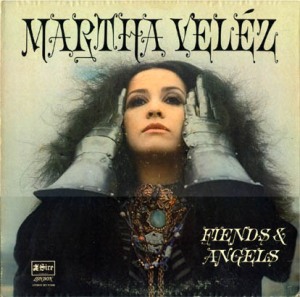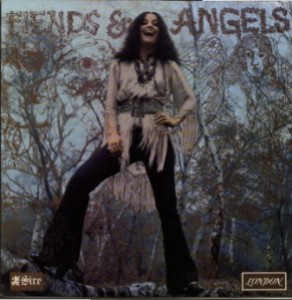Winter and spring of 1968 in Boston was a particularly memorable and remarkable time for me as far as the music to which I was exposed.

My group Pulse opened for the Lovin’ Spoonful at the Back Bay Theatre; I saw Michael Bloomfield’s Electric Flag at the Psychedelic Supermarket, where I had earlier first seen Cream; I caught The Paul Butterfield Band, first at Back Bay and later at the Supermarket with Elvin Bishop assuming the lead guitar role for the first time; I became a convert of sorts after seeing The Doors in concert at Back Bay; and I met Taj Mahal in the apartment I was staying in on Commonwealth Avenue, of all places.
Cream played at Back Bay as well, although I actually caught them near my hometown in New Haven at Yale’s Woolsey Hall. And in early May of that year, I got a chance to see another of my favorite artists and groups, Steve Winwood and Traffic at the original Boston Tea Party.
The Tea Party was formerly a synagogue on Berkeley Street at the corner of Appleton and I remember taking the subway near Bolyston and Mass Ave. to get there. I was by myself for this concert. At the time, I was enrolled at Berklee School of Music, majoring in performance on double basse and I had moved to a small apartment right around the corner from the school, where I lived on my own.
When in Boston during the week that spring it was a pretty solitude existence of going to classes and practicing and studying. On the weekends, I would come back to New Haven, Wallingford in particular, to rehearse at Syncron Studios or play one or two gigs with Pulse.

I knew the original Traffic foursome had been reduced to three as Dave Mason had left Winwood, drummer Jim Capaldi and flutist/sax player Chris Wood for what at the time were described as musical differences. There was probably some truth to that because Mason’s contributions to the English version of the first Traffic album, Mr. Fantasy, were largely pop confections, including a semi-British hit in Hole In My Shoe. Although there were apparently some personality conflicts as well.
A couple of Mason’s tunes survived on the American release, originally titled Heaven Is In Your Mind but quickly changed to Mr. Fantasy. But most of that first record, released in the U.S. earlier in the year, was a wonderful mix of blues, soul, rock, pop and what would later be called world music.
Traffic was a literal melting pot of contemporary music and the group had one of the great singer/keyboardists in Winwood, who sounded a little like Ray Charles, one of his influences, with a soulful voice well beyond his years. Continue reading Concerts Vol. 11: Traffic
 Until then, it had fetched rather pricey numbers on auction sites despite not having been a big seller at the time of its release in 1968. Still it was one of the defining blues-rock albums of the times, bringing together an almost perfect combination of singer, players and producer for a raw blues outing with unbridled energy. And some of the best playing by some of England’s best musicians.
Until then, it had fetched rather pricey numbers on auction sites despite not having been a big seller at the time of its release in 1968. Still it was one of the defining blues-rock albums of the times, bringing together an almost perfect combination of singer, players and producer for a raw blues outing with unbridled energy. And some of the best playing by some of England’s best musicians. The guitar solos are ferocious on most cuts and although Clapton is said to have played on only four, he is extremely recognizable on the heavy groove of Lightnin’ Hopkins’ Feel So Bad, I’m Gonna Leave You (perhaps the album’s best two tracks), It Takes A Lot To Laugh, It Takes A Train To Cry and In My Girlish Days. This was confirmed on a Velez compilation, Angels Of The Future Past, released on CD in the late ’80s. The other solos are just as powerful and inventive, perhaps attributable to the only listed guitarist on the session, Rick Hayward, although Spit James (Keef Hartley) and Paul Kossoff (Free) are said to have also participated.
The guitar solos are ferocious on most cuts and although Clapton is said to have played on only four, he is extremely recognizable on the heavy groove of Lightnin’ Hopkins’ Feel So Bad, I’m Gonna Leave You (perhaps the album’s best two tracks), It Takes A Lot To Laugh, It Takes A Train To Cry and In My Girlish Days. This was confirmed on a Velez compilation, Angels Of The Future Past, released on CD in the late ’80s. The other solos are just as powerful and inventive, perhaps attributable to the only listed guitarist on the session, Rick Hayward, although Spit James (Keef Hartley) and Paul Kossoff (Free) are said to have also participated.